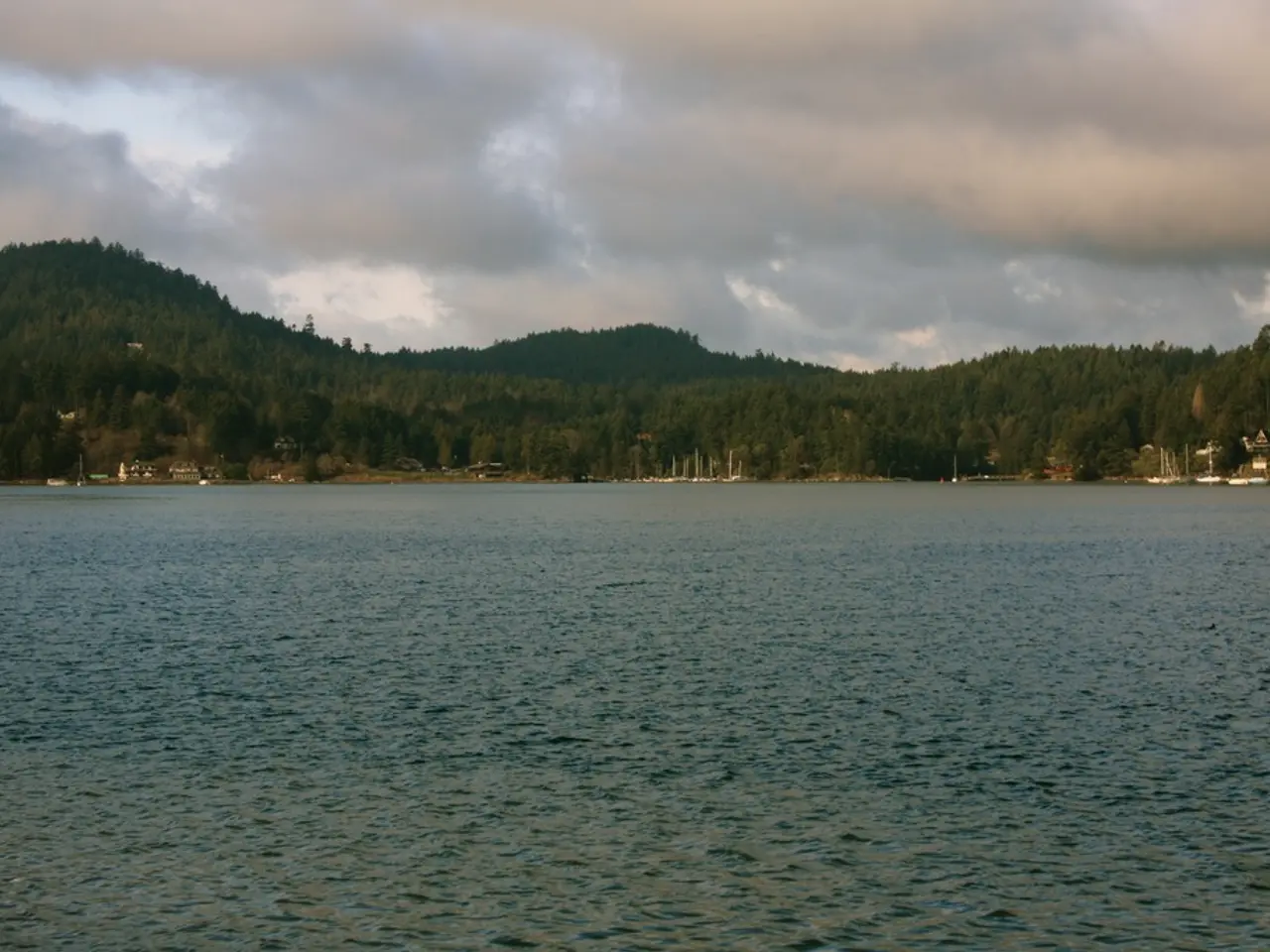Deepening climate concerns prompt Kishtwar to seek risk-mitigation strategies
In the picturesque Kishtwar district of Jammu & Kashmir, residents of Chishoti and neighbouring Machail are facing a looming danger from glacial lake outburst floods (GLOFs). According to the Kishtwar District Disaster Management Authority's 2024-25 GLOF management report, the district's rugged terrain and high-altitude glaciers have increased its vulnerability to natural hazards, including GLOFs.
This vulnerability was tragically demonstrated on August 14, when a cloudburst caused a flash flood that claimed at least 60 lives and swept away property in Chishoti. The event has heightened concerns about unregulated construction activities in ecologically fragile zones, including tourism-related projects and infrastructure works.
The ongoing expansion of glacial lakes in Kishtwar exacerbates the risk of GLOFs, underscoring the urgent need for regular monitoring and risk mitigation strategies. Many of the newly formed glacial lakes in Kishtwar are held behind unstable moraine dams, which can fail catastrophically under stress from increased water levels, seismic activity, or further glacial retreat.
Kishtwar is considered J&K's glacial hub, home to over one-third of the total glacial lakes in the region. The threat from GLOFs is particularly significant in the tehsils of Padder, Machail, Dachhan, Marwah, and Warwan, as well as areas near the Kishtwar High Altitude National Park, due to their proximity to glacial lakes. Breaches in these glacial lakes can cause devastating flash floods in downstream areas.
About 70 households in Chishoti require immediate relocation due to frequent flash floods and landslides. During a visit on August 16, 2025, Jammu & Kashmir Chief Minister Omar Abdullah listened to the residents' demands for a government initiative for relocation, as the area has become increasingly unlivable.
Environmental experts and activists attribute the August 14 flash floods in Chishoti to climatic changes. Local climate scientists, representatives from international environmental organizations, and regional activists campaigning for climate action are among those who share this view. Residents fear a potential breach in glacial lakes near Chishoti could wipe out the entire village.
Mukhtar Ahmad, Director of the Indian Meteorological Department, is part of the expert group working on a mitigation plan to prevent GLOFs and avoid major problems. Lakes such as Mundiksar Lake and Hangu Lake, classified as high-risk, are examples of expanding glacial lakes in the region, which heightens the potential for catastrophic dam failure.
Recent scientific studies have highlighted the rapid loss of glacial mass in the Chenab River basin due to climate change. This accelerated melting of glaciers has intensified the risk of catastrophic events in Kishtwar. It is clear that urgent action is needed to protect the communities in Kishtwar from the impending threat of GLOFs.
Read also:
- Understanding Hemorrhagic Gastroenteritis: Key Facts
- Stopping Osteoporosis Treatment: Timeline Considerations
- Tobacco industry's suggested changes on a legislative modification are disregarded by health journalists
- Expanded Community Health Involvement by CK Birla Hospitals, Jaipur, Maintained Through Consistent Outreach Programs Across Rajasthan








